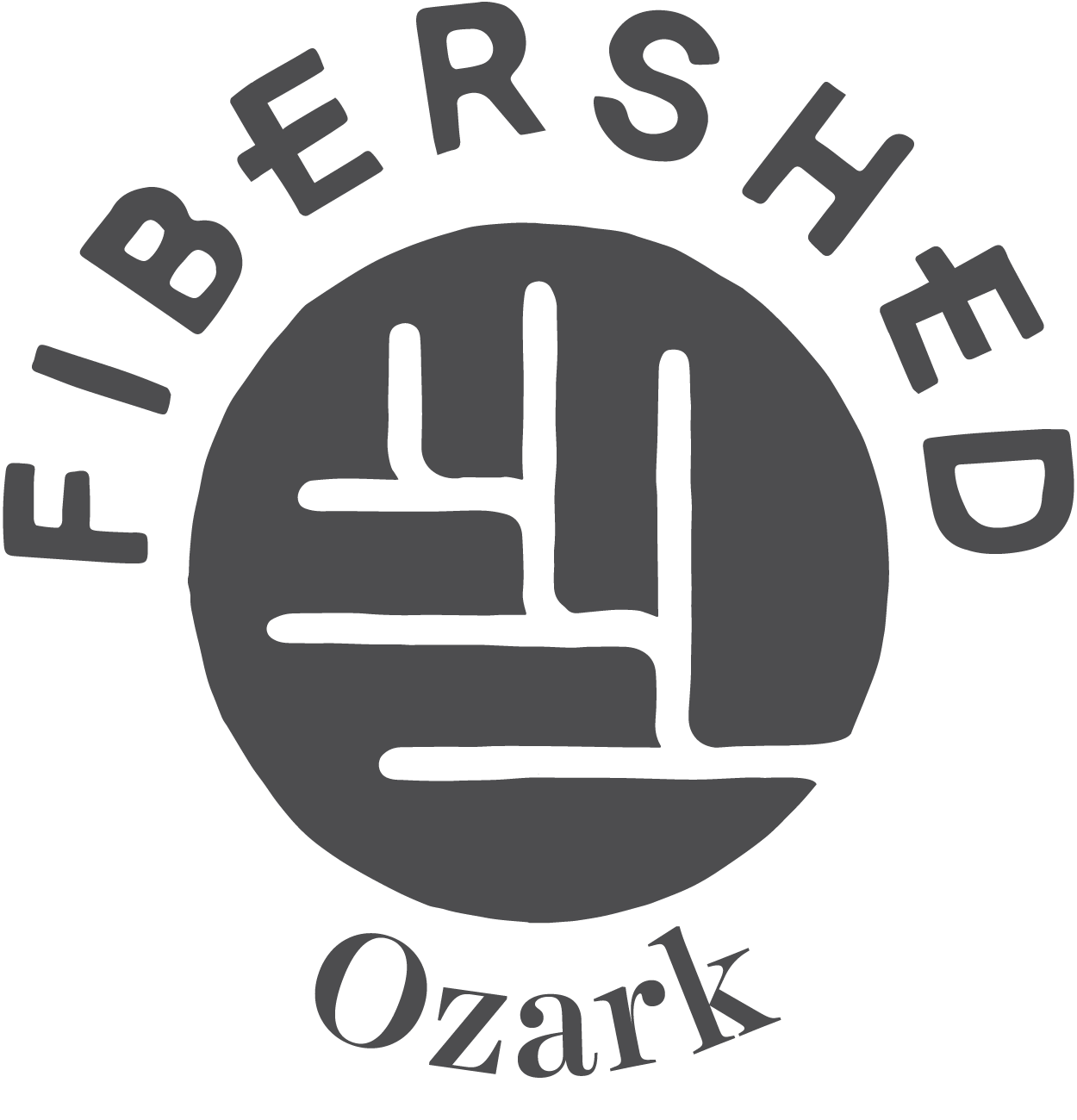I didn’t expect to like it. I expected, at best, to learn how to survive it. I hoped my back wouldn’t break, mostly. But here I am, three months after shearing school, clipping my way across a county sorely in need of shearers.
This summer has found me deep in Ozark hollers, beating the back roads of Oklahoma, swearing and sweating in every manner of barn and shed, sniffing out swimming holes after a long day’s work, and feeling everywhere at home in a way I have not quite experienced before. I carry my thread from farm to farm, weaving on my mental warp a new knowledge of who has what and where, who bought their stock from whom, why so-and-so chose to do things that way, and where this might all be headed.
I never realized how a good shearer can become a keeper of a place’s agricultural memory, and I imagine it’ll be a lifetime’s work to live into that.
The Ozark Fibershed is in one way newborn, organizationally speaking, but is in another as old as these many hills. It isn’t so much a new idea as it is a reclamation of a deep tradition. Ozark farms, with their rugged terrain, poor soils, and hard scrabble proprietors, used to turn out hardy flocks of wool sheep. These days, producers in our area have all but given up on wool sheep in favor of the meat breeds. I can’t blame them, but I hope that as our local fiber economy wakes up, stretches, and puts on some new clothes, they might reconsider. I’ll be answering my phone when they do.
